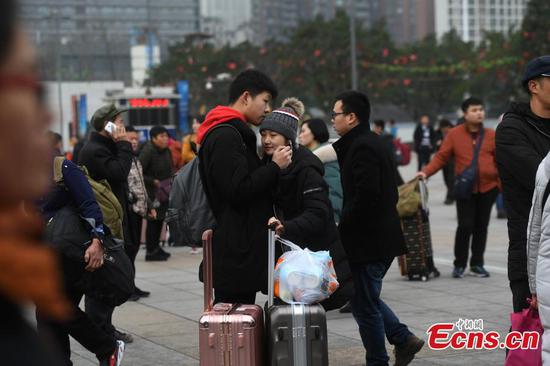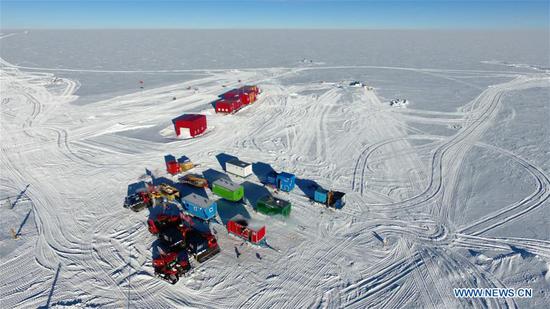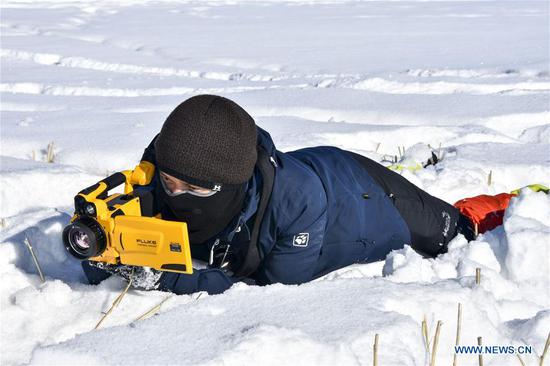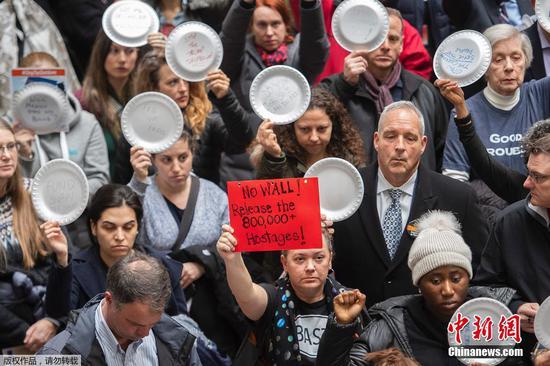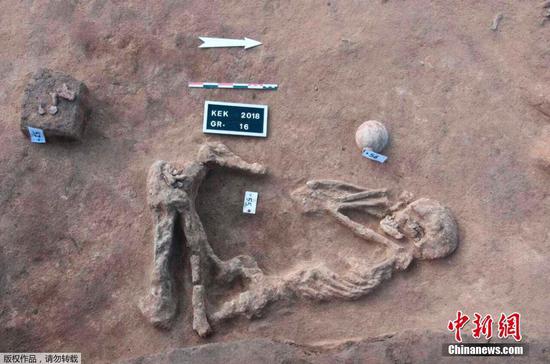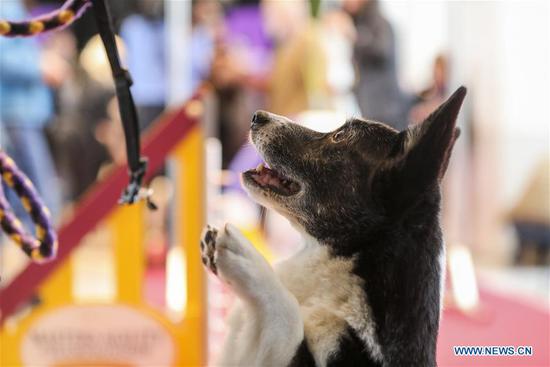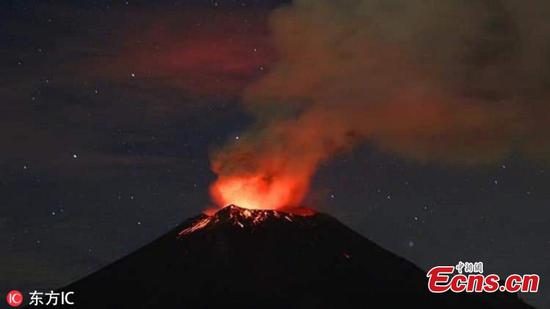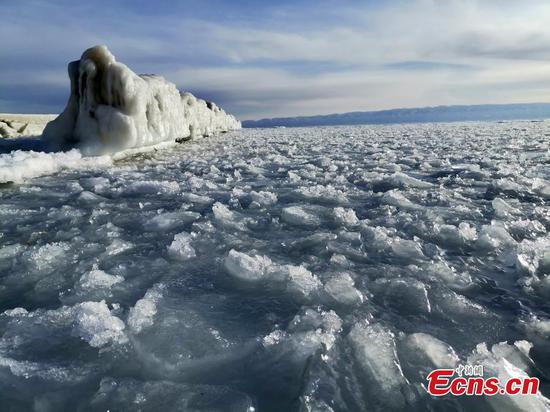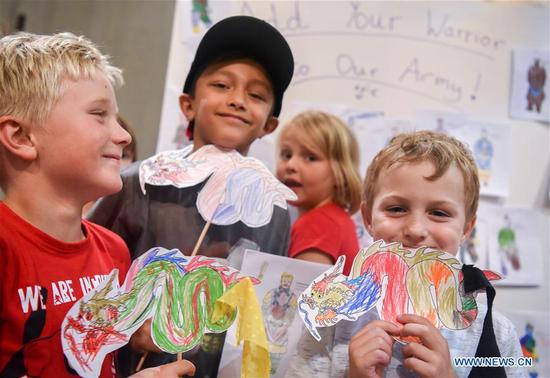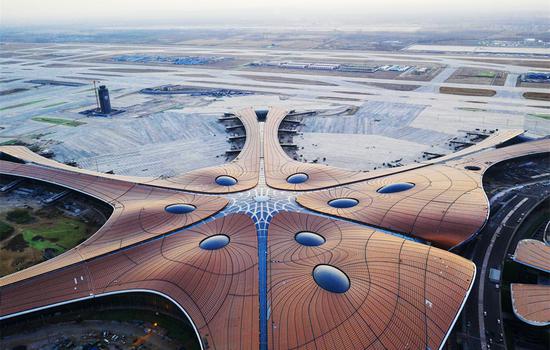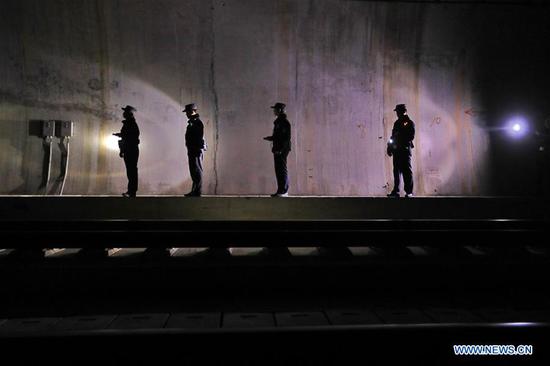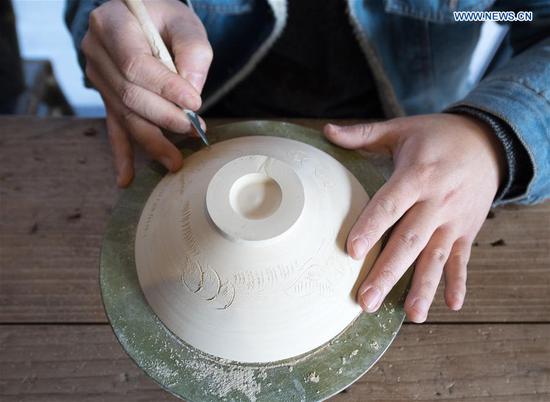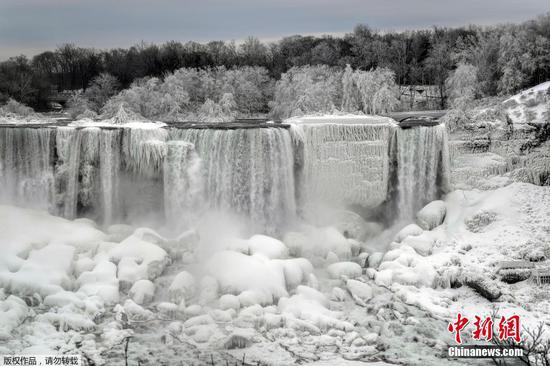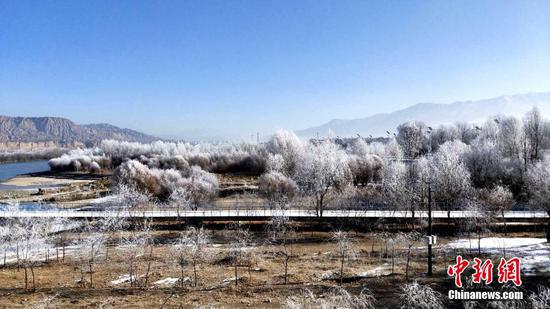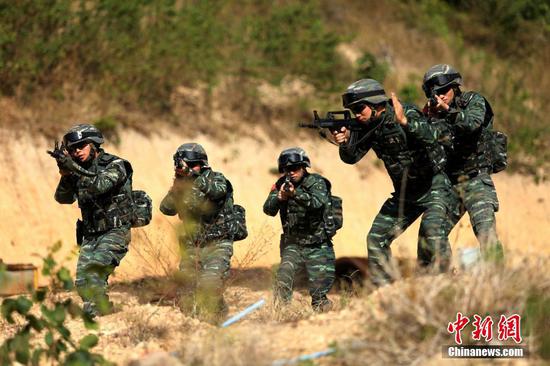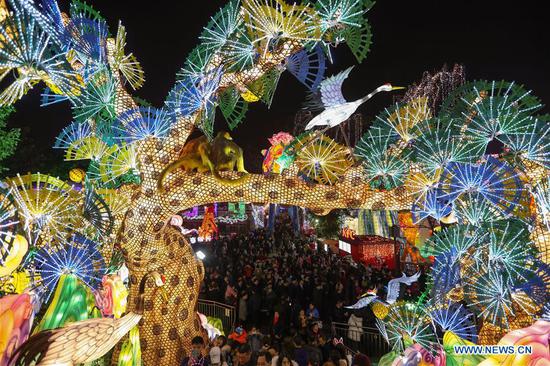Drones, satellites and a real-time surveillance platform are being used to inspect and protect the length of China's ancient Great Wall.
Song Xinchao, deputy director of the National Cultural Heritage Administration, told the Global Times at a press conference on Thursday that his agency has been using satellite images to analyze problems on and near the wall.
Through these images, authorities can figure out whether a nearby mining project will have a negative impact on the wall and if there is illegal construction around, Song said.
Northwest China's Shaanxi and North China's Shanxi provinces are the two pilot areas that have deployed drones to monitor the wall.
With the help of drones, local governments can efficiently spot problems with the wall and take action to tackle them, Song said.
Trials using modern technology have been conducted to maintain and protect the sections of the wall that pass through 15 provinces, regions and municipalities.
Song said the agency will build a real-time surveillance platform for the wall that will soon be put into use.
Although there are more than 3,000 people involved in protection work, it is far from enough, Song said at the conference.
Protection of the wall has attracted widespread public attention in recent years after frequent media reports said the wall was being destroyed in some area and inappropriate repairs were made in other parts.
In 2016, the government of Northeast China's Liaoning Province paved a seven century-old section of the wall with cement, appalling the Chinese public, with some calling it a "sacrilege" against the iconic structure.
To tackle these problems, the agency is prioritizing prevention. "We won't interfere with the relics too much, and will try to maintain its original status…if the section of the wall was made with bricks, we will repair with bricks; if it's made of clay, we will fix it with clay," said Song.
The agency's 16-year plan (2019-35) covers the entire wall under the administration of local governments. The plan will focus on enhancing people's awareness of protection for the wall, including people living near the wall, by informing them of the wall's significance.









